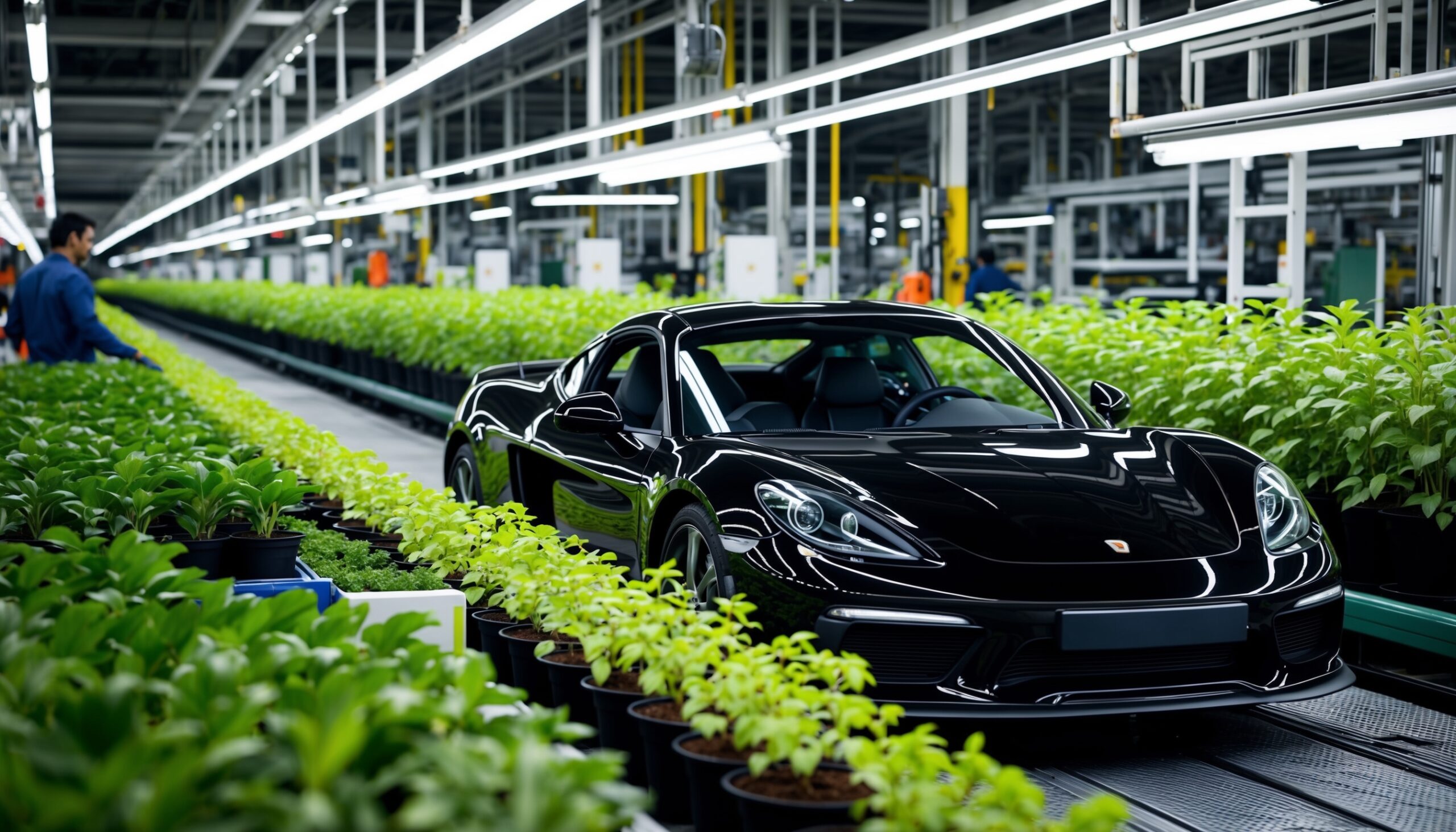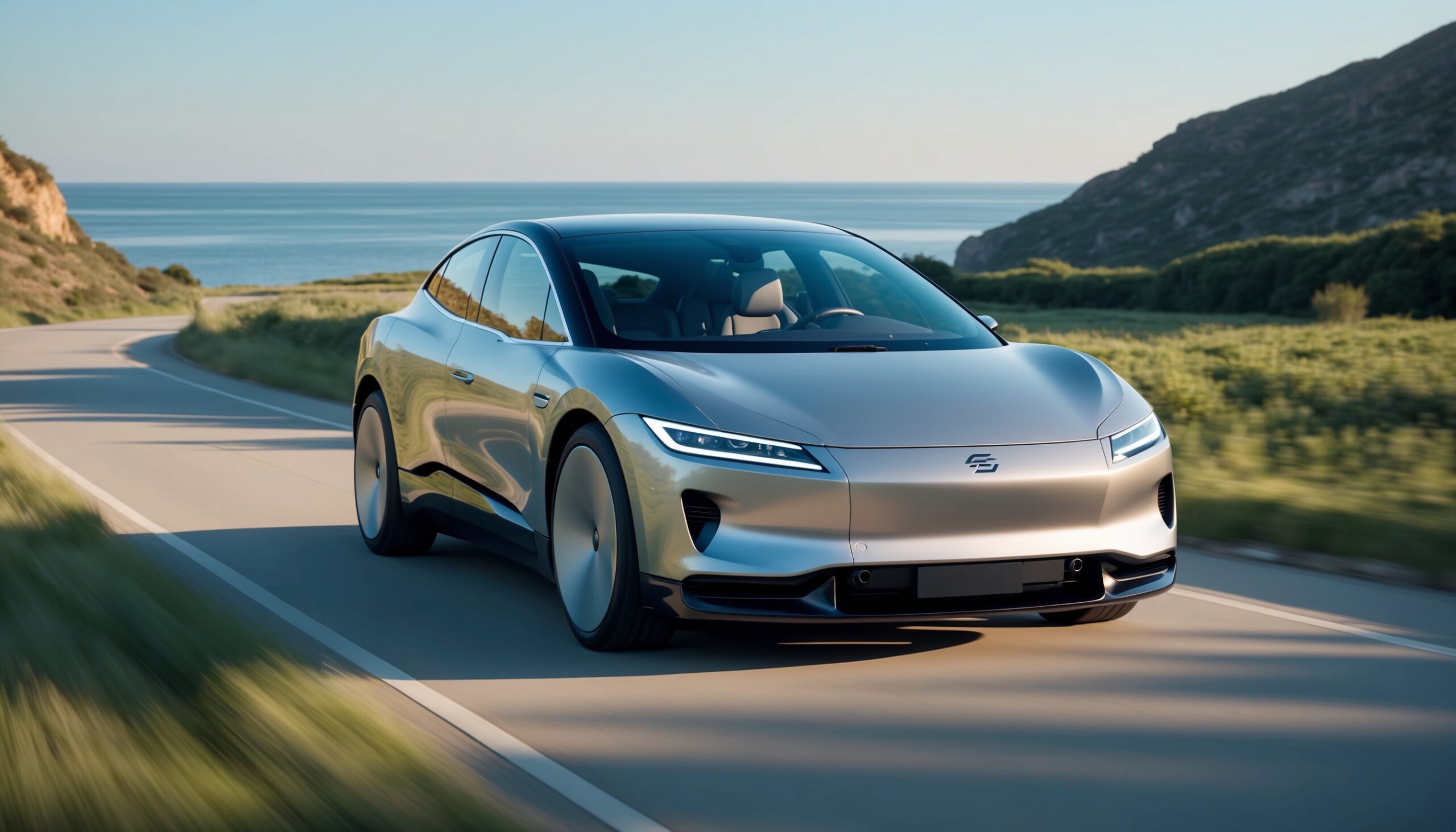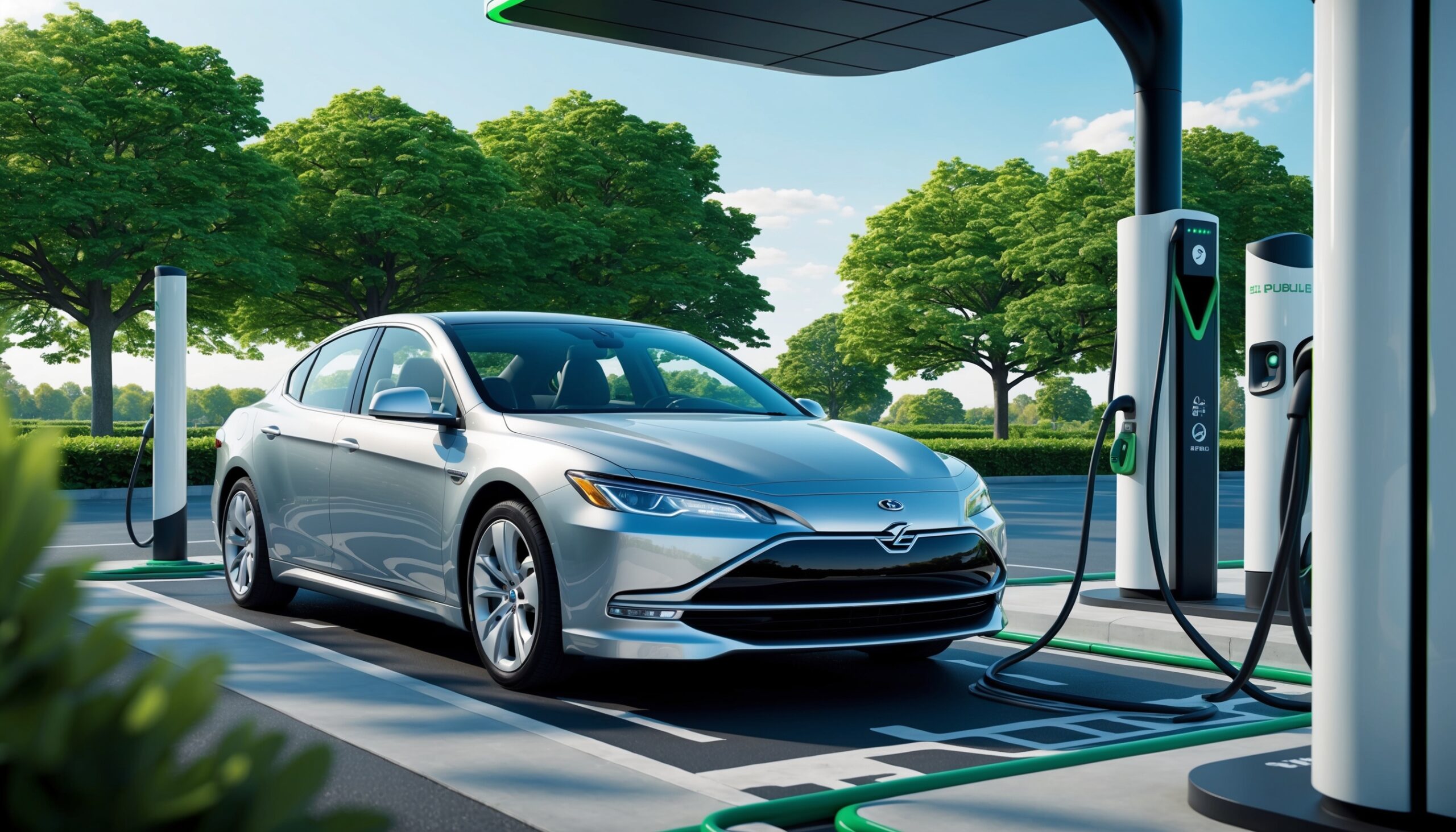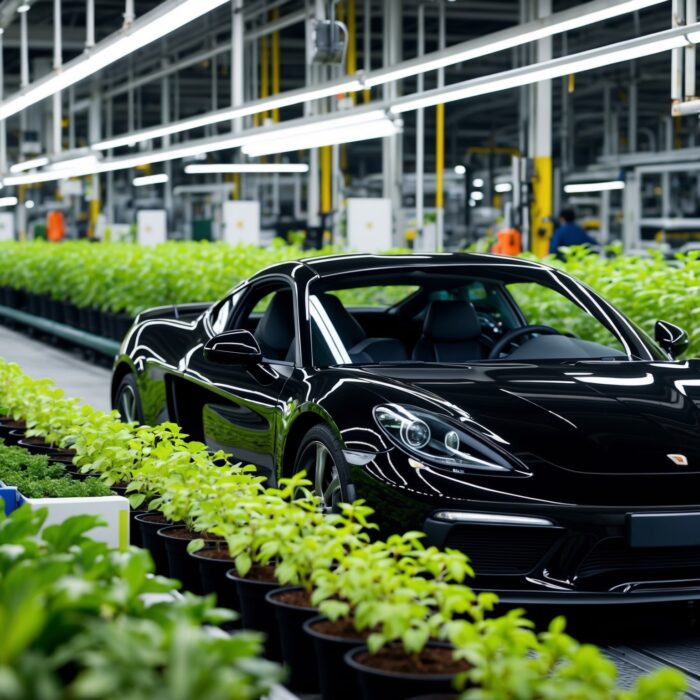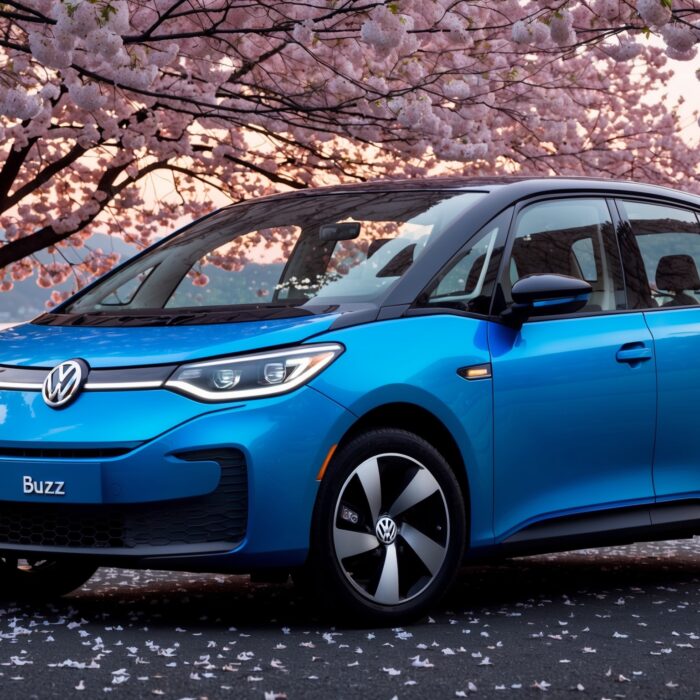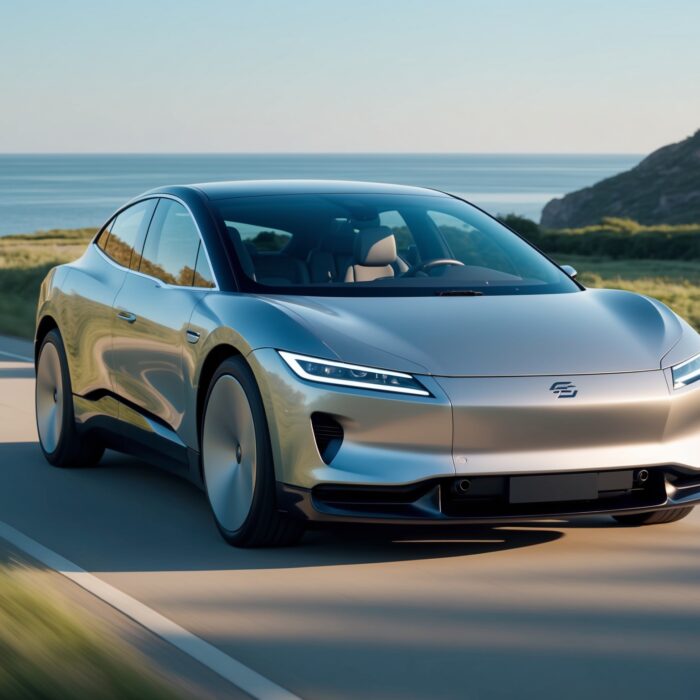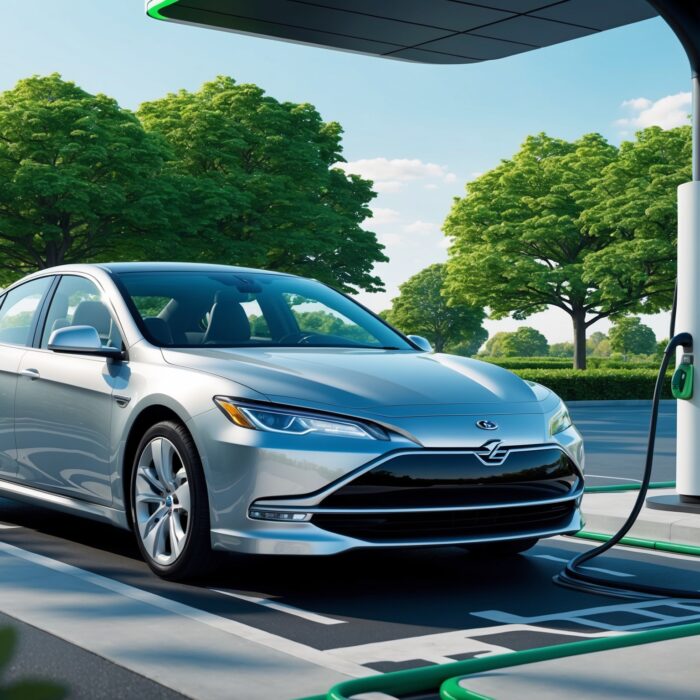New Federal Safety Standards for Vehicles Without Manual Controls
The automotive industry is always buzzing with innovation, and recent advancements have given rise to a new class of vehicles: those without manual controls. This shift towards automation and autonomous driving has sparked discussions, debates, and now, new federal safety standards. At Torque Feed, we’re here to break down what these standards mean, how they’ll impact the future of driving, and what car enthusiasts need to know.
Understanding the Shift to Vehicles Without Manual Controls
As we dive into the new federal safety standards, it’s essential to understand the context behind this shift. The rise of electric vehicles (EVs), along with advancements in artificial intelligence and machine learning, has paved the way for cars that can operate without direct human intervention. Vehicles equipped with autonomous technologies can detect their surroundings, make real-time decisions, and navigate complex environments. This evolution raises critical questions about safety, liability, and the overall driving experience.
The Core of the New Standards
The new federal safety standards aim to address the unique challenges posed by vehicles that lack traditional manual controls. Here are some key areas these standards focus on:
Also Read: The Shift to "Software-Defined Vehicles" (SDVs): What Does It Mean for Drivers?
- Vehicle Security: Ensuring that autonomous vehicles are protected against hacking and unauthorized access.
- System Redundancy: Requiring multiple systems to back each other up, ensuring that if one system fails, another can take over.
- User Experience: Setting guidelines for how passengers interact with these vehicles, including emergency protocols.
- Testing Protocols: Establishing rigorous testing methods to evaluate the safety and reliability of autonomous systems.
Why Are These Standards Necessary?
With great power comes great responsibility, and the same can be said for the incredible potential of autonomous vehicles. The absence of manual controls introduces a layer of complexity that traditional vehicles don’t face. Here’s why these standards are crucial:
- Public Safety: The primary goal is to protect the safety of all road users, including passengers, pedestrians, and other drivers.
- Consumer Confidence: As more people consider autonomous vehicles, they need assurance that these cars are safe and reliable.
- Regulatory Framework: A clear set of rules provides manufacturers with guidelines to develop their technologies responsibly.
The Impact on Manufacturers and Developers
For automotive manufacturers, these standards represent both a challenge and an opportunity. Companies will need to invest in research and development to meet compliance. Here’s how the standards will affect them:
- Increased R&D Spending: Manufacturers will have to allocate significant resources to ensure their vehicles meet the new safety benchmarks.
- Collaboration with Regulators: Automakers will need to work closely with government agencies to interpret and implement the standards effectively.
- Focus on Innovation: To stay competitive, companies will need to innovate continually and develop new technologies that enhance safety.
The Role of Technology in Compliance
Technology will play a central role in helping manufacturers comply with the new standards. Here are some key technologies that will be essential:
- Artificial Intelligence: AI will help vehicles interpret data from sensors, make decisions, and learn from experiences.
- Advanced Sensor Systems: Lidar, radar, and cameras will provide the necessary data for safe navigation.
- Cybersecurity Measures: Enhanced security protocols will be critical to protect vehicles from cyber threats.
Challenges Ahead
While the new safety standards are a step forward, they are not without challenges. Here are some hurdles that manufacturers and developers may face:
- Cost of Compliance: The financial burden of developing compliant technologies can be significant, especially for smaller companies.
- Technology Integration: Merging new technologies with existing systems can be complex and time-consuming.
- Public Perception: Overcoming skepticism about the safety of autonomous vehicles will be an ongoing challenge.
The Future of Driving
As we look to the future, the implications of these new federal safety standards extend beyond just manufacturers. They will shape the way we think about driving, transportation, and urban planning. Here’s what we can expect:
Also Read: The Impact of New Battery Fire Safety Standards on Garage Parking
- Decreased Accidents: With advanced safety systems, the hope is for a reduction in accidents caused by human error.
- New Mobility Solutions: Autonomous vehicles may lead to innovative transportation models, such as ride-sharing and on-demand services.
- Urban Redesign: Cities may adapt to accommodate autonomous vehicles, leading to changes in infrastructure and traffic management.
How Car Enthusiasts Can Get Involved
Car enthusiasts have a unique opportunity to engage with the evolving landscape of the automotive industry. Here are some ways to get involved:
- Stay Informed: Follow developments in autonomous vehicle technology and federal regulations to understand the changes happening in the industry.
- Participate in Discussions: Join forums and communities that focus on autonomous driving and share your thoughts and experiences.
- Advocate for Safety: Support initiatives that promote safety and responsible innovation in the automotive sector.
The Role of Education and Training
Education and training will be vital as the automotive landscape shifts. Here’s how various stakeholders can prepare:
- Educational Institutions: Schools should offer programs focused on autonomous vehicle technology, engineering, and safety standards.
- Workshops and Seminars: Hosting events that educate the public about the benefits and challenges of autonomous vehicles can foster understanding and acceptance.
- Industry Collaborations: Partnerships between manufacturers, tech companies, and educational institutions can create a skilled workforce ready to tackle emerging challenges.
Global Perspectives on Vehicle Safety Standards
While we focus on the federal standards in the United States, it’s essential to recognize that this is a global issue. Other countries are also developing their regulations for autonomous vehicles. Let’s explore some international approaches:
- Europe: The European Union is implementing stringent guidelines for autonomous vehicle testing, focusing on safety and environmental impact.
- Asia: Countries like Japan and South Korea are investing heavily in autonomous technologies, with regulations that promote innovation while ensuring safety.
- Global Cooperation: International organizations are working towards creating unified standards to streamline the development and deployment of autonomous vehicles worldwide.
Final Thoughts on the Road Ahead
The automotive landscape is changing rapidly, and with it, the way we think about safety, technology, and driving. The new federal safety standards for vehicles without manual controls represent a significant milestone in this evolution. As we embrace these changes, it’s crucial for all stakeholders—manufacturers, regulators, and enthusiasts—to work together toward a safer, more innovative future.
At Torque Feed, we believe that understanding these developments is key to navigating the future of driving. Whether you’re a die-hard car enthusiast, a tech aficionado, or simply curious about where the road is headed, staying informed and engaged will ensure you’re part of the conversation as we move into this exciting new era.

